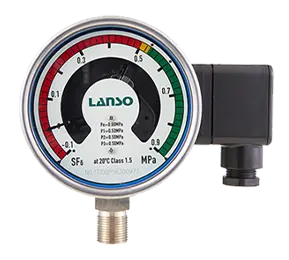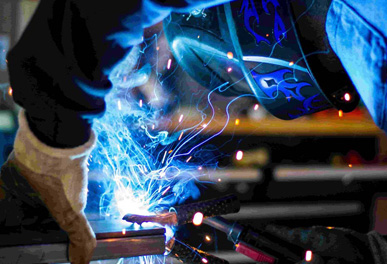SF6 Relay plays a crucial role in electrical equipment, and its performance is directly related to the safety and reliability of the equipment. In order to ensure the normal operation of electrical equipment, regular on-site inspections are needed to monitor the status and performance of SF6 Relay. In this article, we will discuss in depth the issues related to on-site inspections of SF6 Relay to help you better understand the maintenance and monitoring of this critical equipment.
Why do we need SF6 Relay?
SF6 gas is widely used in high-voltage and ultra-high-voltage electrical equipment due to its excellent insulation performance, arc extinction characteristics, and stable chemical properties. However, the dielectric strength and arc extinction capability of electrical equipment are closely related to the density of SF6 gas. A decrease in SF6 gas density can lead to two main problems:
Firstly, a decrease in SF6 gas density reduces the withstand voltage strength of electrical equipment, increasing the risk of breakdown.
Secondly, a decrease in SF6 gas density can cause a decrease in the breaking capacity of circuit breakers, which could affect the normal operation and fault handling of the equipment.
In addition, a decrease in SF6 gas density is often caused by leakage, which is usually accompanied by the infiltration of moisture from the atmosphere into the equipment, leading to an increase in the water content of SF6 gas and further deterioration of the insulation performance of electrical equipment. Therefore, in order to ensure the safe and reliable operation of electrical equipment, it is necessary to monitor the density of SF6 gas, and SF6 Relay is the key device used to achieve this purpose.
Basic Principles of SF6 Relay
SF6 Relay is essentially an instrument used to reflect the change in gas density inside the equipment. It is usually installed in SF6 electrical equipment to monitor the density of SF6 gas and perform alarm and control operations based on set thresholds.
When the SF6 gas density drops to the specified alarm value, the SF6 relay will emit an alarm signal, alerting operators to potential issues. This early warning helps prevent equipment failure or damage.
In the event of a device failure causing SF6 gas leakage, leading to a continuous decrease in SF6 gas density to the specified blocking pressure, the SF6 relay will execute the interlocking operation of opening and closing the circuit breaker. This automatic interlocking function helps reduce the risks associated with potential electrical faults, enhancing equipment safety.
The Importance of On-Site Inspection for SF6 Relay
The performance of SF6 relays is crucial for the safe operation of electrical equipment. Therefore, conducting regular on-site inspections is a necessary step in maintaining the equipment. Here are essential considerations for on-site inspection of SF6 relays:
Calibration Check: The accuracy of SF6 relays is critical and requires regular calibration checks to ensure accurate readings. Calibration checks should typically be performed by qualified technical personnel.
Sealing Check: The sealing integrity of SF6 relays is crucial for their performance. Check the integrity of seals for any damage or leakage to ensure equipment stability.
Electrical Connection Check: Inspect the electrical connections of SF6 relays to ensure proper and secure connections, free from issues such as looseness or corrosion.
Data Recording: Record data from SF6 relays, including density variations and alarm logs, for analysis of equipment performance and historical data.
SF6 relays are indispensable devices for ensuring the safe operation of electrical equipment. By monitoring changes in SF6 gas density, they provide critical safety assurance. Regular on-site inspections and maintenance are crucial to ensuring the performance of SF6 relays. Understanding the principles of SF6 relays and key points for on-site inspection allows for better maintenance and monitoring of this critical equipment, ensuring the safe and reliable operation of electrical equipment. The maintenance of SF6 relays not only guarantees equipment safety but also contributes significantly to the stability of power systems.







